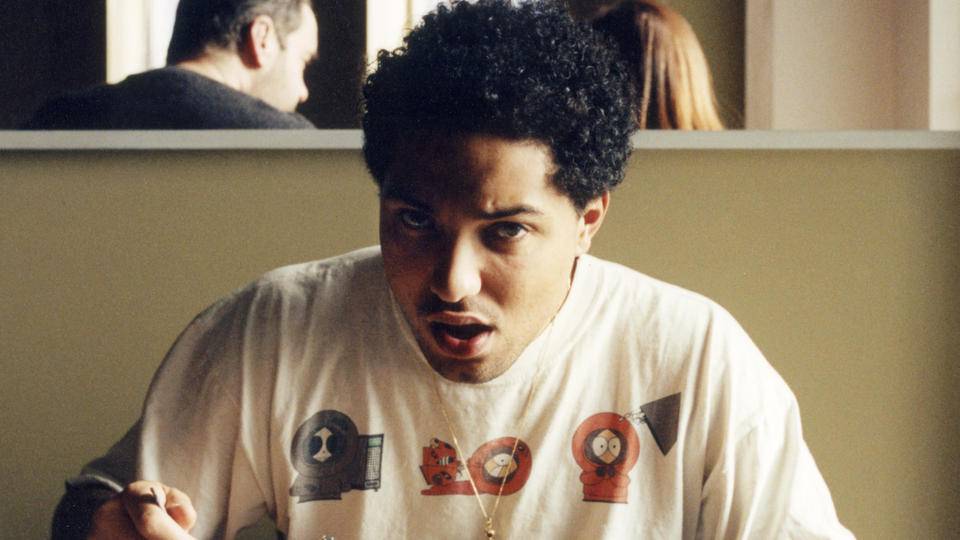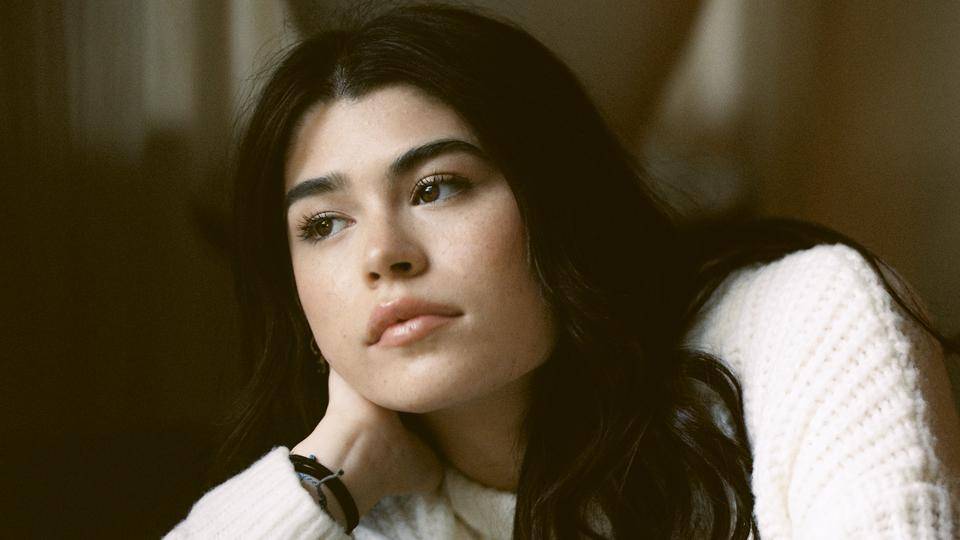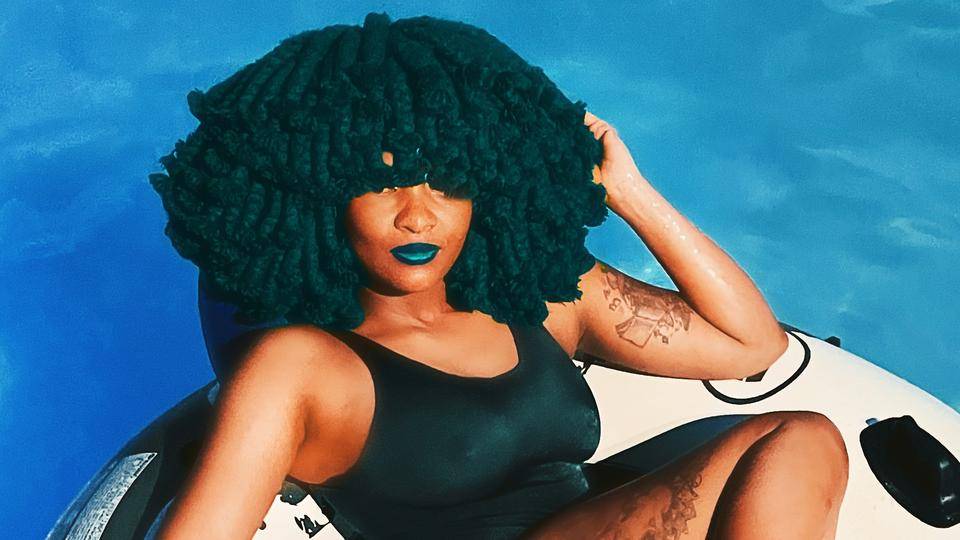Kristel: Growing Up Mixed-Race In A World That Sees Things In Black And White

Picture this: a small brown girl sways in front of a mirror with a bright red matted wig on, performing a rendition of 'The Little Mermaid' soundtrack. Her wig is so dishevelled it looks as though Sebastian the crab might crawl out of it at any moment. Yet to her, this wig signifies beauty. It might be knotty, but to her it’s still better than the hair it hides. The hair that her mum tentatively brushes as though it’s a lion that might bite her hand off, sprays with Dark n’ Lovely detangling spray, before pulling into some contortion (topped off with a randomly placed glitter clip). The hair that causes her Jamaican aunt to clamp her little body between her knees as the wide-tooth Comb of Doom attempts to regain some level of control.
'Check out these Brits talking about their earliest memories of growing up black...'
'
'
From that tender age I was acutely aware that whiteness was the desirable ‘norm’ in our society, and that I fell outside of it. It was in the TV I watched, the books I read, the Barbies I clutched and the kids I went to school with. My mum could shower me with love, teach me how to tie my shoelaces or tell me what to do when I got my first period, but she couldn’t equip me with an understanding of how to navigate white spaces with brown skin. If whiteness is an exclusive club, my 50% European card is not accepted currency.
That was a reality my black Jamaican dad was better placed to prepare me for, when he told me at a very young age: “You’re mixed-race, but you need to be aware that the world will always see you as black. You might have it a bit easier, but you’ll still have to work twice as hard to get half as far.”
And for the most part I’ve found that to be true, although I have no doubt that being mixed-race in a world that judges you according to your proximity to whiteness has also had a bearing on my experiences.
While I grew up with plenty of access to my dad’s West Indian family and friends, I spent much of my childhood living in predominantly white areas and often struggled to feel a sense of belonging. As is the case for most kids, I just wanted to blend in with my peers, so I felt insecure and inadequate for the things that marked me out as different. To me, home was where I didn’t stick out like a sore thumb. Belonging and acceptance felt like the warmth of my nan’s love, the sound of belly laughs, the heartbeat of black music and the scent of nutmeg in my beloved cornmeal porridge – not the stares of old white folks in my local village pub, or an uninvited hand mistaking my afro hair for a petting farm.
However, upon entering my teenage years I found that the innocent ease with which I had formerly navigated black spaces took an unexpected detour. All of a sudden, I was differentiated by male peers as a ‘lightskin ting’, fetishized and pursued as a trophy for anyone trying to cop his own bootleg version of [insert name of light-skinned R&B star here]. Any rebuff of an unwanted suitor or the sight of my non-smiling face were taken as evidence that I thought I was ‘too nice’, like the rest of my superiority-complex-riddled sort. I became aware of the pervasiveness of colourism in black spaces, which placed me at a relative advantage but disregarded and disrespected my darker-skinned friends, who often found themselves at the sharp end of racialised sexism and misogyny. I hated it and never considered being at the favourable end of colourism a compliment, but the result of Eurocentric beauty ideals that brainwashed us into thinking blackness was only ‘palatable’ in a watered-down form. When I entered the world of relationships, I also found that who I dated became some sort of litmus test of my blackness: Date mostly white guys? You’re a bit of a coconut. Date mostly black guys? You’re with ‘us’. As I once heard it perfectly summed up by another mixed-race person: “When you pick a partner, you pick a side”.
Being mixed-race in a society that likes to fit people into neat boxes seems to be more difficult for observers to grapple with than the bearers. We’re often expected to cram our dominant identity and loyalties into one camp or another, or are lauded as living evidence of colour-blindness (a phenomenon which resides in the same camp as unicorns and leprechauns). We’re either assumed to bridge gaps, or exist within the gaps. And while the numbers of mixed-heritage people in the UK have grown rapidly, it’s not always been easy to find safe spaces to share those experiences with others who ‘get’ what’s it’s like to navigate the grey area.
There is no easy way to define mixed-race experience or identity; instead, there are a wealth of stories shaped by the cultures we’re formed of and exposed to, our families and friends, where we grew up, who we grew up with, the way we look etc. But I see that ambiguity as a positive, offering so many unique insights and perspectives and demanding nuance in a world where this is all too often absent.
I’m a grown-ass-woman now so I can look back at earlier experiences and chuckle at some, shake my head at others. I also feel grateful for the journey since then, and find belonging in shared humanity first and foremost. While I’ll always feel more at home in diverse spaces (and the invisibility I’ve enjoyed since moving to London pleases me no-end), standing out doesn’t fill me with the same dread it used to. I attach less significance to the way other people define me, and am more concerned about whether I can learn to be completely comfortable with myself. And when you get down to the crux of things, that’s all most people ever want.





